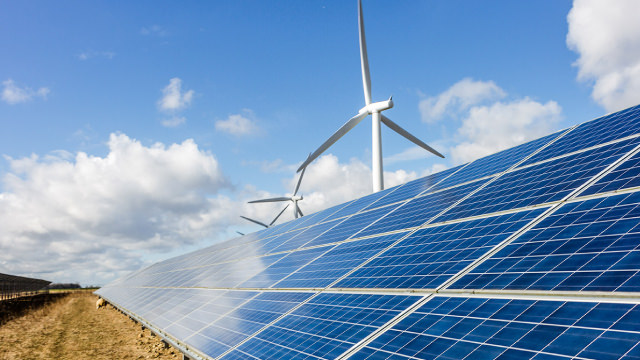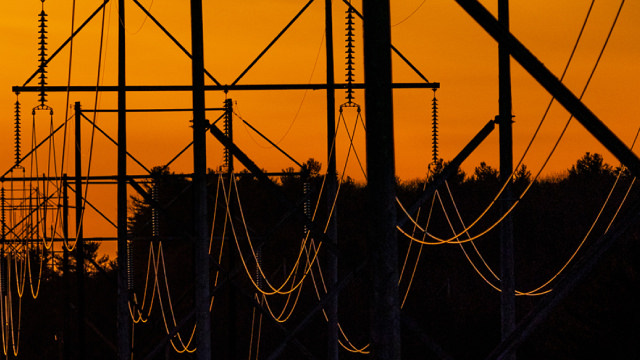NEE Stock Recent News
NEE LATEST HEADLINES
NextEra Energy delivered strong earnings and renewable growth, with bullish charts signalling a buy opportunity before its next phase of growth.
NextEra (NEE) reported earnings 30 days ago. What's next for the stock?
NextEra Energy's balanced generation mix, rising ROE and steady EPS growth outlook highlight its long-term strength.
Key Points in This Article: The U.S.
NextEra Energy trades above 50 and 200-day SMAs, fueled by clean energy growth, strong ROE, rising earnings, and increasing demand.
JUNO BEACH, Fla. , Aug. 20, 2025 /PRNewswire/ -- Florida Power & Light Company and 10 key stakeholder groups filed a comprehensive four-year rate settlement agreement with state regulators today that significantly reduces FPL's original revenue request while keeping residential customer bills well below the projected national average through the end of the decade.
NextEra Energy grew its renewables and storage backlog to just under 30 gigawatts as of the end of the second quarter, recently adding 3.2 gigawatts of new projects. The dividend is 185% covered by adjusted EPS, with management guiding for 6% to 8% annual EPS growth through 2027. Despite NEE's blue-chip dividend aristocrat status, the low dividend yield versus alternatives like CWEN and US Treasuries has kept me neutral.
I hunt investments that combine safety, income, and growth, avoiding hype and focusing on long-term, high-quality opportunities. Some areas are unloved and undervalued, offering income, potential growth, and protection against inflation, perfect for patient investors. I seek places with professional management, liquidity, and dual potential, giving me both steady income and the chance for capital gains.
NextEra Energy (NEE 4.42%) currently clocks in as the largest utility stock by market cap, according to a new research report by The Motley Fool. At over $150 billion, the Florida-focused utility is more than $30 billion larger than its next biggest peer.
Investors looking to build a nuclear-focused portfolio may find strong opportunities in companies such as NextEra Energy, Duke Energy and Constellation Energy.









